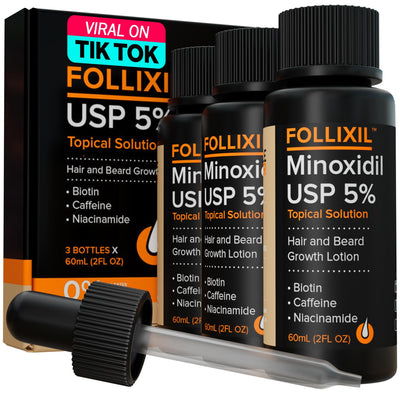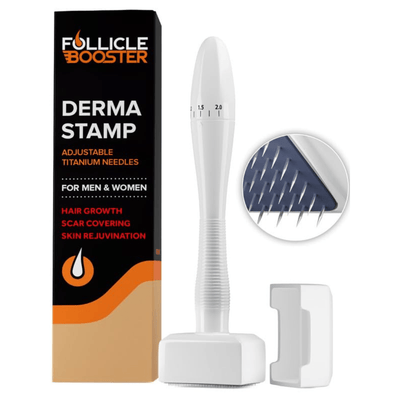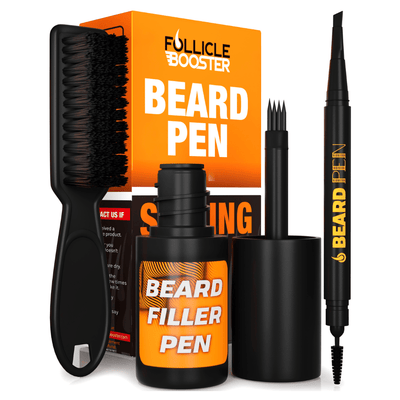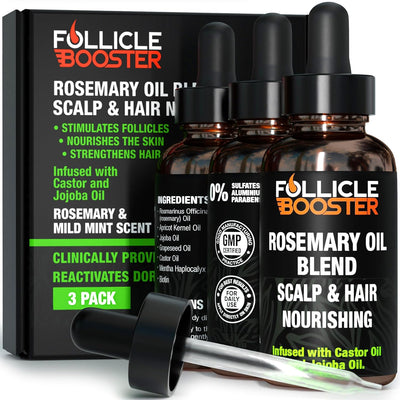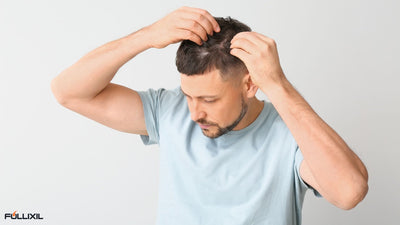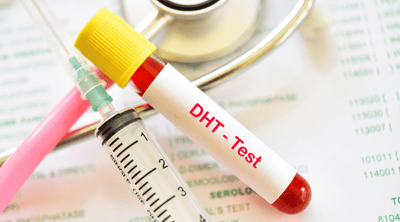News
Blog posts
Why Gen Z Is Facing Hair Fall: Myth or Reality?
Hair fall is no longer just an issue for older adults. Increasingly, members of Gen Z are noticing thinning hair, shedding, and other scalp concerns. While some people dismiss this as a temporary trend, research and expert opinions suggest it’s a genuine issue influenced by lifestyle, diet, stress, and environmental factors. So, is Gen Z’s hair fall a myth or a real problem? The answer leans heavily toward true, and here’s why.
- Stress and Mental Health: Gen Z faces unprecedented levels of stress due to academic pressures, social media, and the uncertainties of modern life. Stress can trigger a type of hair loss called telogen effluvium, where hair prematurely enters the shedding phase. To counteract this, many are turning to products like scalp massagers to increase blood circulation and calm the scalp.
- Diet and Nutritional Deficiencies: Poor diet, skipping meals, and nutrient imbalances are standard in today’s fast-paced lifestyle. Lack of essential vitamins and minerals, especially iron, zinc, and biotin, can weaken hair follicles and accelerate shedding. Supplementing with hair-friendly nutrients and using a hair loss shampoo enriched with vitamins and plant extracts can strengthen strands from root to tip.
- Excessive Hair Styling and Chemical Use: Daily heat styling, bleaching, coloring, and tight hairstyles can stress hair shafts and follicles, leading to breakage and long-term thinning. Tools like a derma stamp can help promote scalp regeneration and improve the absorption of topical treatments, while natural oils, such as rosemary oil, soothe inflammation and nourish follicles.
-
Environmental Factors: Pollution, UV exposure, and harsh water can damage the scalp and hair. Using protective products, such as gentle hair-loss shampoos, and applying oils, such as rosemary oil, can reduce oxidative stress and maintain scalp health. Additionally, regular scalp massage can improve blood flow, supporting hair growth and follicle strength.

-
Genetics and Early-Onset Conditions: Some Gen Z individuals may experience early signs of androgenetic alopecia (pattern baldness) due to a genetic predisposition. Early intervention with treatments and consistent scalp care, and lifestyle adjustments can slow progression and improve hair density over time.

While it may seem alarming that young adults are experiencing hair loss, there are effective strategies to manage and prevent further loss. Combining scalp stimulation with a scalp massager or derma stamp, nourishing oils like rosemary oil, and supportive hair care products such as hair loss shampoo creates a comprehensive approach to hair health.
Gen Z’s hair fall is not a myth, it’s a growing reality influenced by lifestyle, environmental factors, genetics, and modern stressors. However, with the proper care routine, awareness, and early interventions, shedding can be managed, hair can be strengthened, and confidence restored. By taking proactive steps now, young adults can protect their hair health for the future while enjoying the benefits of scientifically supported treatments.
Postpartum Hair Loss: What’s Normal and How to Manage It
Bringing a baby into the world is a beautiful and life-changing experience. But many new moms notice an unexpected side effect in the months after childbirth, postpartum hair loss. If your hair seems thinner, your ponytail smaller, or your scalp more visible, don’t panic. Postpartum hair shedding is entirely normal, and there are effective ways to manage it while keeping your hair healthy and strong.
Why Postpartum Hair Loss Happens
During pregnancy, higher levels of estrogen prolong the growth phase of your hair, often resulting in thicker, fuller locks. After delivery, estrogen levels drop, and the hair follicles that were resting suddenly enter a shedding phase. This hormonal shift causes noticeable hair loss, typically starting around 2 to 4 months postpartum. While it can be alarming, most women experience gradual regrowth within 6 to 12 months.
Tips to Manage Postpartum Hair Loss
Even though postpartum shedding is temporary, there are steps you can take to protect your hair and encourage healthy regrowth.
-
Use a gentle shampoo and conditioner formulated for hair loss. Shampoos and conditioners enriched with nutrients, such as rosemary extract, can stimulate the scalp, strengthen hair follicles, and reduce breakage.
 Hair loss shampoos and conditioners help nourish thinning hair and promote overall scalp health.
Hair loss shampoos and conditioners help nourish thinning hair and promote overall scalp health.
- Eat a nutrient-rich diet. Focus on foods high in protein, iron, and vitamins like biotin and vitamin D. A balanced diet supports hair regrowth from the inside out.
- Avoid tight hairstyles. Ponytails, braids, and buns that pull on the hair can worsen shedding. Opt for loose styles to minimize tension on fragile strands.
- Be gentle when brushing. Use a wide-tooth comb or a soft-bristle brush, starting at the ends and gently working toward the scalp to prevent unnecessary breakage.
- Consider scalp massage. Massaging the scalp with your fingertips can improve blood flow to hair follicles and encourage growth. You can even add a few drops of rosemary oil for an extra boost.
- Reduce heat styling and chemical treatments. Blow dryers, straighteners, and harsh dyes can further weaken hair. Air drying and minimal chemical use can help your hair recover faster.
Why Rosemary Helps
Rosemary is a natural herb known for its ability to stimulate hair growth. It improves blood circulation to the scalp, strengthens hair follicles, and may reduce hair shedding. When combined with a hair loss shampoo and conditioner, rosemary can provide a soothing, nourishing boost to your scalp and hair, making it an excellent ally for postpartum hair care.
When to Seek Professional Advice
While most postpartum hair loss is temporary, consult a dermatologist if you notice patchy bald spots, sudden excessive shedding, or scalp irritation. A professional can help identify underlying issues and recommend targeted treatments or supplements to support regrowth.
Postpartum hair loss is a common and temporary part of the post-baby journey. By using hair loss shampoos and conditioners with beneficial ingredients like rosemary, adopting gentle hair care habits, and maintaining a nutrient-rich diet, you can support healthy regrowth and preserve the beauty of your hair.
Remember, your hair will gradually return to its natural fullness. With consistent care, the postpartum shedding phase can be managed effectively, leaving you with stronger, healthier hair that grows alongside your new chapter of motherhood.
⚡ Top 5 Everyday Habits That Could Be Triggering Hair Loss in Men
Hair loss is more common than you might think, and it doesn’t just happen to older men. Many men in their 20s and 30s notice thinning hair, a receding hairline, or patchy areas, but may not realize that their daily habits could be contributing to the problem. While genetics play a role, lifestyle factors often accelerate hair loss. Understanding these habits and making small changes can help you protect your hair.
1. Skipping Hair-Friendly Nutrition
Solution: Incorporate protein-rich foods, fruits, and vegetables into your meals. Supplements designed for hair health may also help.
2. Over-Styling or Tight Hairstyles
Solution: Opt for looser hairstyles and gentle hair products. Limit heat styling to prevent hair damage.
3. Neglecting Scalp Health
Solution: Regularly cleanse your scalp with mild shampoo, and gently massage it to improve blood circulation.
4. Stress and Sleep Deprivation
Solution: Practice relaxation techniques like meditation or yoga, or ensure 7-8 hours of sleep per night.
5. Excessive Use of Hair Products
Solution: Choose natural or mild styling products and limit chemical treatments.
6. Ignoring Early Signs of Hair Loss
Solution: Watch for early signs of hair loss and act quickly. Minoxidil by Follixil is clinically proven to help slow hair loss and support hair regrowth when used consistently. Starting early can make a noticeable difference.
7. Poor Hair Hygiene
Solution: Wash hair 2-3 times per week with lukewarm water and a gentle shampoo. Avoid over-washing, which can strip natural oils.
8. Lifestyle Factors: Smoking and Alcohol
Solution: Limit smoking and alcohol consumption, and focus on a balanced lifestyle with plenty of water and exercise.
Hair loss doesn’t have to be inevitable. By adjusting daily habits, caring for your scalp, and using effective solutions like Minoxidil by Follixil, men can support hair regrowth and maintain a fuller, healthier hairline. The key is consistency and early action; small changes in daily routines can have a big impact over time.
The Early Hair Loss Reality for Men: What You Need to Know

You’re Not Alone

The Real Reasons Behind Early Hair Loss
How It Affects Confidence
Taking Action Early Makes All the Difference
-
Upgrade your shampoo. Use a formula designed for thinning hair like Follicle Booster Hair Loss Shampoo, which helps block DHT, cleanse your scalp, and strengthen your roots.

- Stay consistent. Use your hair care products regularly. Hair growth takes time, and consistency always wins.
- Eat for your hair. Add protein, biotin, zinc, and magnesium to your diet. Your follicles need these to grow strong.
- Reduce stress. Exercise, rest, and downtime matter. Stress hormones can directly affect hair growth.
- Be patient. Results don’t happen overnight, but they do happen with persistence.
